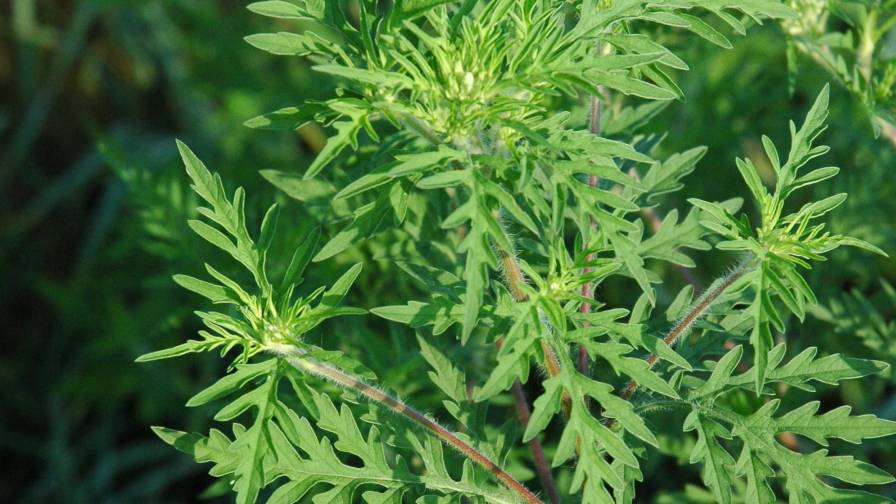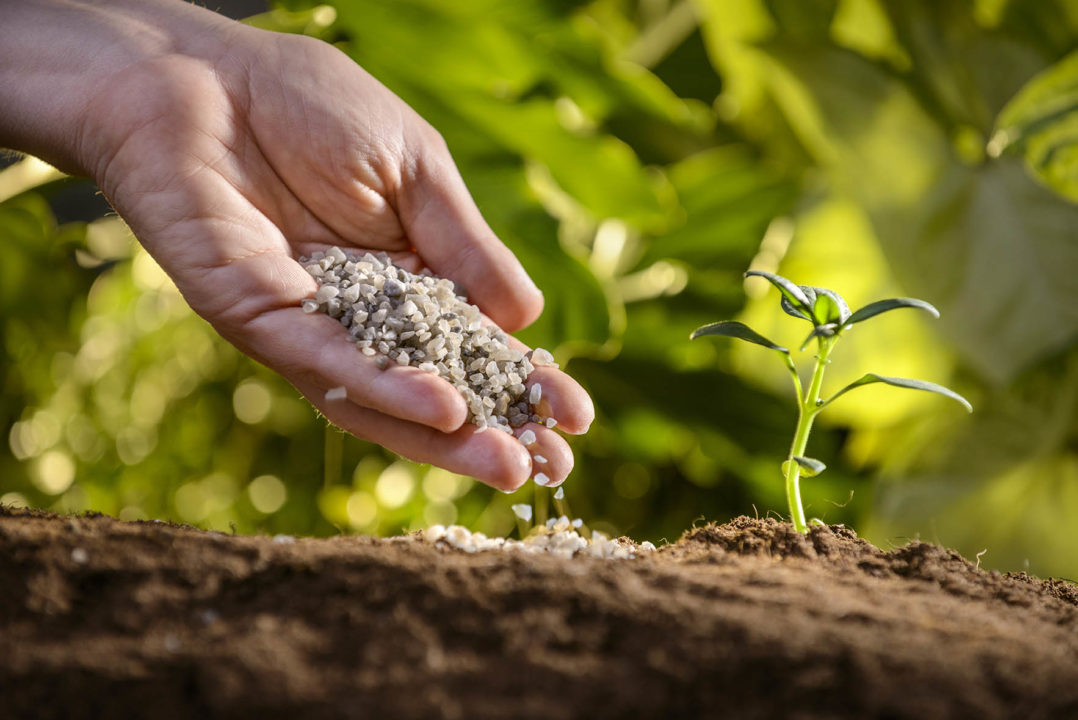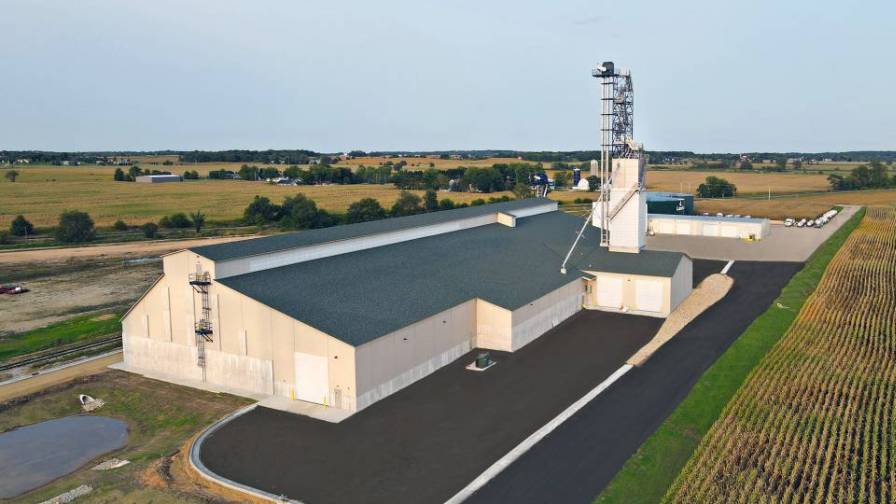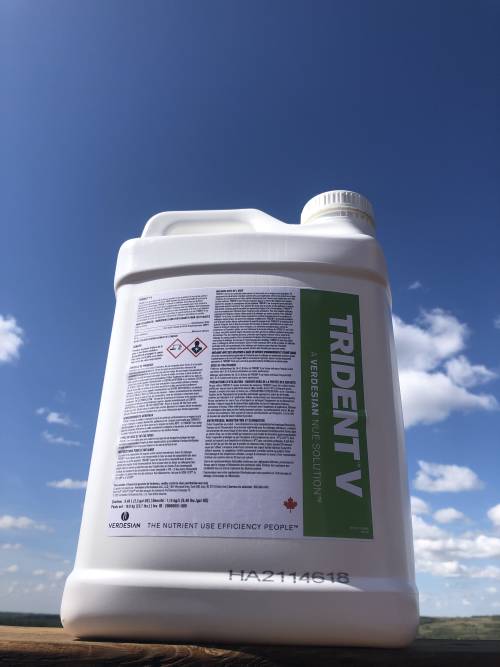For Additives and Enhancers, Yield Quest Continues Uninterrupted
Over the past year or so, the agricultural marketplace has been consistently buffeted by the unexpected. This includes continuing supply issues in multiple categories, rapidly rising prices, and an ongoing global pandemic.
However, through all this market disruption, the demand for additives and enhancers for crop nutrition products has remained strong. In fact, according to the results for the 2022 CropLife Buying Intentions Survey, 63% of ag retailers expected to increase their purchases in this segment of the business this year between 1% and more than 5%.
And according to Steve Carlsen, Director of Proprietary Products for CHS Agronomy, the reason for this is simple: The annual yield quest by grower-customers. “With good prices, growers will be looking for opportunities to raise the highest yielding crops, while also being good stewards of the land,” says Carlsen. “This is an opportunity for the additives and enhancer market and for retailers providing proven products that increase plant health and yield, protect investments, and maximize efficacy.”
Of course, adds John Oesch, Director of Portfolio Optimization for Nutrien Ag Solutions, recent price increases across the board for many crop nutrients has also made the market for additives and enhancers more attractive for growers as well. “2022 is a year of challenges with supply chain disruptions and product shortages driving new product options and price increases,” says Oesch. “Growers are looking for ways to stretch both the crop nutrition and crop protection products. If product rates are reduced, these additives and enhancers could be more valuable than ever.”
Eric Vogel, Product Marketing Manager at Koch Agronomic Services (KAS), agrees with Oesch. “2022 is already setting up to be a year with its own unique challenges and circumstances,” says Vogel. “Appropriately managing raw material costs and navigating any supply chain disruptions that may impact the global agriculture industry will continue to be important in 2022.
“Outside of raw materials, supply chain constraints and global volatility, there is still a large opportunity to continue to educate on the value enhancers and additives in a nutrient management plan, especially against the backdrop of today’s input and commodity prices,” continues Vogel. “There are many misconceptions when it comes to nitrogen loss or how certain nutrients work within a cropping system.”
N Stabilizers in Demand
When CropLife compiled information for its 2021 Crop Nutrition Report, there were two overriding trends driving the market forward. The first of these was the growth of nitrogen (N) stabilizers. And this has continued to be the case for the 2022 growing season, according to market watchers.
“Nitrogen stabilization has been gaining attention and traction as a grower trend for several years and 2022 will be no different,” says Brandon Laws, Nutritional Marketing Manager at Loveland Products. “When you look at the economics of it this year it can make a lot of sense. With the cost of nitrogen being as high as $1 per pound, reducing losses from leaching and or volatilization by as little as 1% to 2% could pay for the use of a nitrogen stabilizer.”
Josh Griffin, Product Line Manager for Fertilizer Enhancers for Verdesian Life Sciences, agrees. “I fully believe this is still the case because growers are not willing to sacrifice their crop input investments to matters they cannot control,” says Griffin. “At the end of the day, we must control the controllables. Stabilizing nitrogen regardless of the application timing or nitrogen source as well as targeted nutrient applications when the crop actually needs these nutrients is vital.”
A new product among N stabilizers is Trident from Verdesian. “Trident protects against the three forms of Nitrogen loss (volatilization, nitrification, and denitrification),” says Griffin. “Trident offers both above and below ground protection due to the NBPT, DCD, and co-polymer active ingredients thus making more nitrogen available to the plant. Trident can be used on both urea- and UAN-treated acres.”
For added versatility, Trident comes in three unique versions, he adds. “One version is geared towards acres that run the risk of more aboveground (volatilization) loss; another version is geared towards acres where belowground nitrogen loss is of higher concern (denitrification and nitrification); and another product with equal amount of active ingredients for acres that need both above and belowground protection,” says Griffin.
KAS’ Vogel concurs with Griffin on “controlling the controllables.” “Nitrogen stabilizers allow growers to optimize their nitrogen rate,” he says. “A theme found in KAS’ third-party research is the higher the nitrogen application rate, the higher the loss a grower can experience as a percentage of the nitrogen applied. Simply put, applying excessive pounds of unprotected nitrogen can translate to additional losses, which can mean reduced return-on-investment. Nitrogen stabilizers, such as CENTURO and ANVOL, are tools to enable growers to have the confidence of applying nitrogen at the right rate, which is in line with the 4R Nutrient Stewardship framework.”
According to Vogel, ANVOL nitrogen stabilizer help growers improve their nitrogen use efficiency by utilizing dual active ingredients. “ANVOL features the Koch-patented active ingredient Duromide, designed to deliver longer-lasting protection against nitrogen loss due to volatilization,” he says. “Duromide works in tandem with NBPT, improving performance across a range of soil conditions, extending the window of protection for a higher return-on-investment.”
Meanwhile, CENTURO nitrogen stabilizer helps growers meet their nutrient management, nitrogen efficiency, and yield goals, and has quickly become a proven nitrification inhibitor for anhydrous ammonia and UAN, says Vogel. “Its non-corrosive formula is gentle on equipment and continues to be an easy-to-handle solution,” he says. “CENTURO gives retailers flexible storage options by not requiring stainless steel tanks like other stabilizers.”
According to CHS’ Carlsen, studies have shown up to 30% of nitrogen loss occurs aboveground and 70% loss occurs belowground. “Nitrogen is a growers largest fertilizer input cost and when left unstabilized, it has a great potential for loss due to volatilization, leaching into groundwater and denitrification, which causes environmental concern,” he says. “Losing nitrogen to the environment is not only bad for the crop but hard on grower’s wallets as well.”
To aid in these efforts to maximize nitrogen lose, CHS has N-Edge Pro. According to Carlsen, N-Edge-Pro helps keep nitrogen available longer in the root zone, providing greater opportunity for healthy crops that will reach their maximum yield potential. “The technology reduces nitrogen loss by inhibiting urease enzyme from breaking down urea and slowing the conversion of urea to ammonia gas,” he says. “N-Edge Pro also acts as a nitrification inhibitor. This is a result of its ability to prevent ammonium loss in the form of nitrates or nitrous oxide by run-off or denitrification.”
In addition to stabilizing nitrogen, Carlsen also points out that other crop nutrients are subject to loss, such as monoammonium phosphate (MAP), di-ammonium phosphate (DAP), and other phosphates. “While broadcast fertilizer applications maximize the fertility of the soil, but they also raise the odd of phosphorus tie-up,” he says. “When negatively charged phosphorus binds with positively charged soil components, it becomes unavailable to plants, limiting crop yields. More than 50% of production acres are phosphorus deficient and it takes nine to 10 pounds of applied phosphorus to increase soil test phosphorus by one pound.”
To prevent this, CHS offers Trivar. “Trivar mobilizes phosphorus and other nutrients with three modes of action to prevent micronutrients from binding with phosphorus, convert phosphorus to a plant-available form while adding additional zinc and boron,” says Carlsen.
Staying on Targeted Application
Besides products to stabilize fertilizers, the other big trend from 2021 that continues into 2022 is targeted application. According to Carlsen, the reasons for this have only grown in importance in today’s agricultural world.
“Targeted nutrient applications have proven to be incredibly effective with delivering nutrients based on where and when the plant needs them,” he says. “Growers can work smarter and not harder to help make the most out of their fertility applications. As application equipment and products continue to evolve, we will continue to see more targeted applications that deliver return-on-investment by targeting key crop timings when nutrient demand is highest.”
Nutrien’s Oesch agrees with this assessment. “Application of nutrients in the right place at the right time and at the right rate is something that holds true now more than ever,” he says. “Targeted nutrient applications continue to grow across the industry; decades of research and field trials demonstrate that by placing fertilizer near the seed or in concentrated, targeted bands we can gain significant efficiencies. In times like this that obviously reduces grower risk and potentially cost but, much like nitrogen stabilization, we are seeing higher yields and increased return-on-investment by targeting and planning fertility applications to meet peak demand and maximize crop performance.”
In addition to this quest, he adds, the sustainable ag and soil health messages are “really beginning to reach the masses and growers are starting to see the return of products that improve nitrogen use efficiency and improve the overall performance of their soil.”
Loveland Products offers two technology platforms that help growers accomplish this, says Oesch. “The C2 technology and Biocatalyst technology lines of products help growers improve nutrient mineralization and uptake all while improving the microbial activity and performance of the soil,” he says. “I think when growers look at ways to not only stabilize their nitrogen but use products that improve utilization of that nutrient is when you see the biggest returns.”
Taylor Ivy, Nutritional Marketing Manager at Loveland Products, explains how these technologies work. “By extracting carbon from leonardite, combining with a proprietary carbohydrate package and then reacting with crop nutrients, we’ve seen growers apply two and even three times less fertilizer and still outperform traditional fertilizers,” says Ivy. “This is partly due to extending nutrient availability even in sub-optimal soils, but also due to the proven plant and soil health benefits of C2 technology.”
With new practices and products being considered, says Nutrien’s Oesch, grower education will be more important than ever in 2022 when it comes to additives and enhancers. “Large active ingredient shortages in glyphosate, glufosinate, and 2,4-D are driving new products options that require retraining on-tank mixing, application techniques, and the right adjuvants to make them work while staying compliant,” he says. “In these times, Nutrien Ag Solutions consultants are working hard to make the most of every dollar spent on the 2022 crop to keep our growers profitable.”
To this end, says Eileen Bernard, Adjuvant Marketing Manager at Loveland Products, the company has several adjuvants built on its proprietary Leci-Tech foundation specifically designed to drive active ingredients. “LI 700, Liberate, and MSO Concentrate with Leci-Tech all have superior drift reduction, adhesion and spreading, and penetrant capabilities to make the most out of every spray which is going to be critical in this year of product shortages,” says Bernard.
A few of the other options in the Loveland Products portfolio include Delta Complete and Infuse. “New Delta Complete is an all-in-one product designed with a DRA, VRA, water conditioner, and molybdenum inclusion to make it easier to comply with new dicamba trait products while providing additional agronomic benefits,” says Bernard. “Infuse is our proprietary adjuvant built specifically for preemergent chemistries, helping to extend the life of those applications by keeping more of the active ingredient in the target zone and allowing the residual chemistries a better chance to set the season off on the right foot.”
The bottom line for additives and enhancers in 2022, adds Loveland Products’ Ivy, won’t really change at all. “From my perspective, the focus this year will be on efficiency,” he says. “If a product or technology doesn’t contribute, either directly or indirectly, to stretching a grower’s inputs further, it won’t likely garner much attention.”







